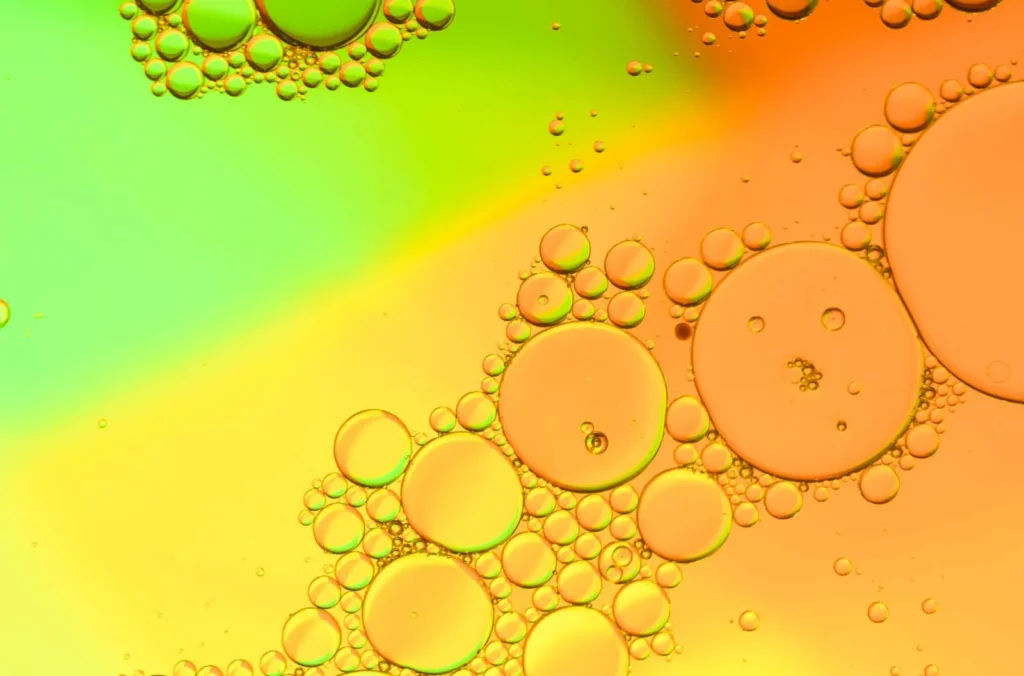Benefits of Using Defoamers to Enhance Operational Efficiency
Benefits of Using Defoamers to Enhance Operational Efficiency
Blog Article
Selecting the Right Defoamer for Your Specific Application Requirements
Picking the ideal defoamer for certain application requirements is a nuanced procedure that demands mindful factor to consider of several factors, such as the foam kind, operating, and tool conditions. Understanding the subtleties of defoamer efficiency-- consisting of speed and persistence-- while likewise accounting for regulatory and ecological elements is vital. In addition, participating in trials and speaking with manufacturers can give useful understandings. Browsing these intricacies can be overwhelming, and the repercussions of a poor choice might be considerable. What approaches can be utilized to make certain an ideal selection?
Comprehending Foam Development
Foam development occurs when gas is trapped within a liquid, producing a steady framework of bubbles. This phenomenon can considerably affect various commercial procedures, especially in fields such as food production, pharmaceuticals, and wastewater therapy. The existence of foam can hinder blending, minimize item high quality, and also result in operational inadequacies.
Foam typically develops because of a mix of variables, including surface-active representatives, frustration, and the characteristics of the liquid phase. Surfactants reduced the surface stress of the liquid, helping with the development of bubbles that can coalesce and stabilize. Agitation, whether from mechanical mixing or gas introduction, enhances bubble formation, bring about increased foam quantity.
Understanding the technicians of foam development is vital for sectors aiming to optimize their procedures. By recognizing the specific conditions that advertise foam generation, companies can execute techniques to mitigate its results.
Kinds of Defoamers Available
Various kinds of defoamers are available to attend to the difficulties posed by foam in industrial applications. defoamers. Broadly categorized, defoamers come under 3 groups: silicone-based, non-silicone-based, and natural defoamers
Silicone-based defoamers are renowned for their effectiveness and security throughout a vast array of temperatures and pH degrees. They are normally utilized in applications where strong foam suppression is essential, such as in adhesives, coatings, and paints. Their low surface stress enables fast foam collapse.
Non-silicone-based defoamers, usually made from organic substances, offer an option for applications delicate to silicone residues. These defoamers can be further separated right into polyether and ester kinds, each customized to meet specific formula requirements. Non-silicone defoamers are often utilized in food processing and individual treatment items due to their compatibility with numerous formulas.
Natural defoamers, originated from plant or pet sources, are gaining traction due to their green profile. These items are specifically appealing in applications where regulative compliance and sustainability are vital, such as in agrochemicals and biotechnology.
Picking the ideal sort of defoamer is essential for enhancing efficiency and guaranteeing compatibility with particular applications.
Key Application Considerations
When choosing a defoamer, it is important to consider the specific application demands to make sure ideal efficiency. defoamers. Different industries have distinctive demands, such as food handling, drugs, or wastewater treatment, and each application may need unique defoaming buildings
Key elements to examine include the medium in which the defoamer will be made use of, whether it is water-based, oil-based, or a mix thereof. The temperature level and pH degrees of the application can also significantly influence the efficiency of a defoamer. Furthermore, compatibility with other chemicals present in the system is critical to stop learn this here now damaging responses that can jeopardize have a peek at this website performance.
One more essential consideration is the frothing habits of the specific system. Understanding whether the foam creates promptly or slowly can lead the selection of a defoamer that targets the root cause effectively. The wanted rate of defoaming can affect the choice, as some applications require quick activity while others may tolerate slower defoaming processes.
Finally, ecological and regulatory considerations must not be overlooked, specifically in sectors with stringent conformity demands. Selecting a defoamer that straightens with these aspects ensures both efficiency and security in the application.

Efficiency Screening Methods
Reviewing the efficiency of a defoamer needs a methodical strategy to testing that accurately measures its efficiency in specific applications. Different efficiency testing methods can be used to ascertain the optimum defoamer for a given formula.
One typical method is the bubble examination, which evaluates the defoamer's ability to minimize foam quantity gradually. This test entails generating a steady foam and after that including the defoamer to observe the rate of foam collapse. An additional technique is the vibrant foam examination, where foam is created under controlled problems to replicate real-world application circumstances. This method provides understandings right into how the defoamer carries out under differing shear conditions.
.png?width=250&height=140&name=35722%20BOR%20Defoamers%20Ad_V8-BACKGROUND%20(2).png)
Ultimately, picking the suitable efficiency screening method depends upon the certain application and the kind of foam being addressed. Each approach provides valuable information that can assist solution modifications and improve the performance of the defoamer in sensible applications.
Ideal Practices for Choice


Next, think about the defoamer's efficiency in regards to rate of activity and determination. A quick-acting defoamer may be essential for processes where rapid foam reductions is critical, while a more consistent formulation may be needed for long term foam control. In addition, examine the ecological influence of the defoamer, including its biodegradability and any regulatory compliance needs.
Conduct tests with selected defoamers to establish their performance in real-world problems. This step is vital to verify that the selected item meets efficiency expectations. Lastly, seek advice from with makers or providers for technical support and assistance, as they can offer important understandings into product solutions and application strategies. By adhering to these ideal practices, you can boost foam control performance and make certain the durability of your procedures.
Conclusion
In summary, choosing the appropriate defoamer demands a comprehensive examination of numerous elements, including foam kind, medium, operating conditions, and environmental factors to consider. Recognizing the one-of-a-kind characteristics of foam formation and the available defoamer choices is vital.
Selecting the suitable defoamer for particular application needs is a nuanced process that demands cautious consideration of several variables, such as the foam kind, operating, and tool conditions.Choosing the best defoamer is crucial for achieving optimum efficiency in foam control applications. A quick-acting defoamer might be required for procedures where quick foam reductions is important, while an extra relentless solution may be needed for extended foam control.In recap, choosing the proper defoamer necessitates a thorough evaluation of numerous aspects, consisting of foam type, medium, operating problems, and ecological considerations. Recognizing the distinct qualities of foam formation and the available defoamer choices is important.
Report this page